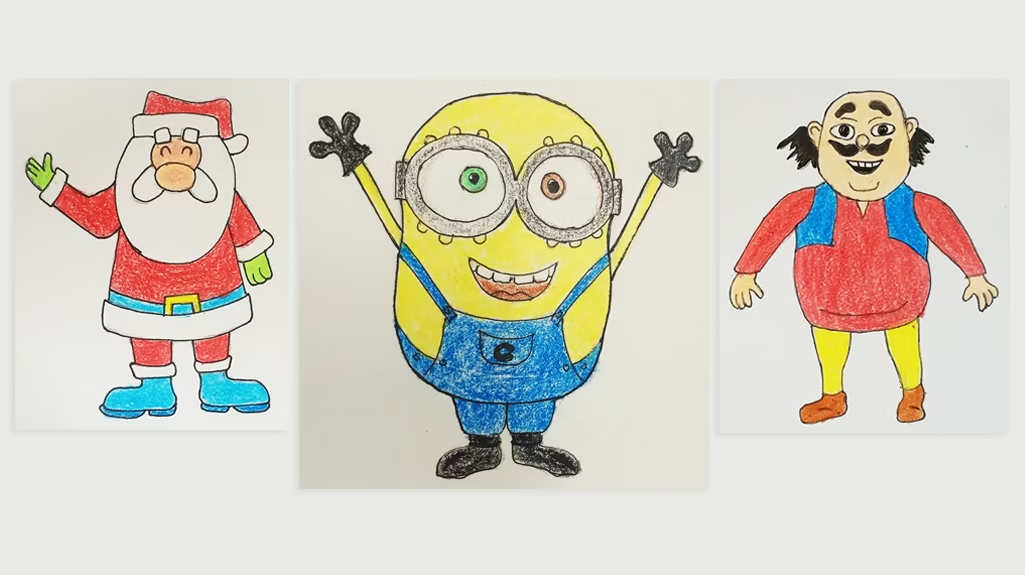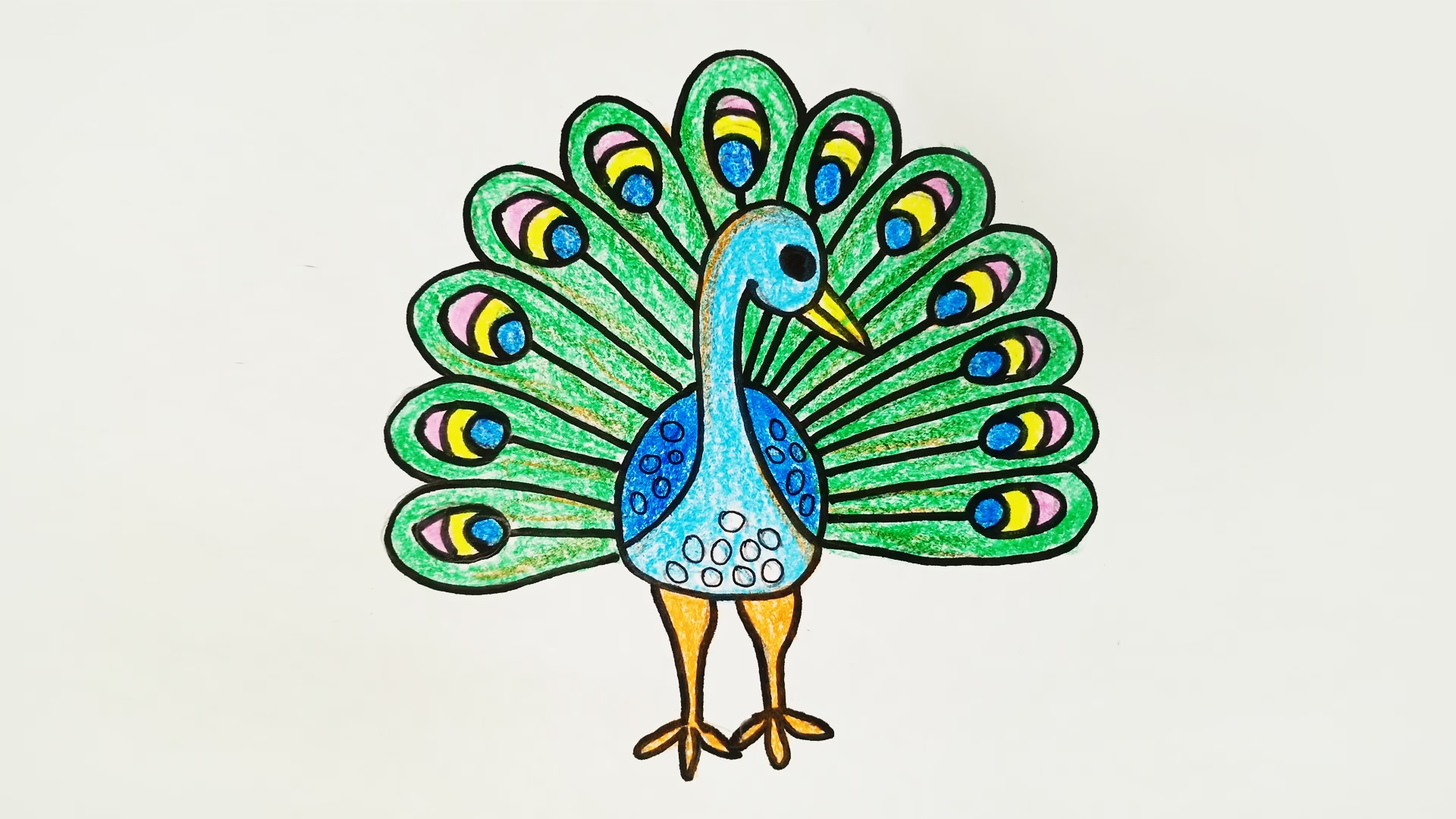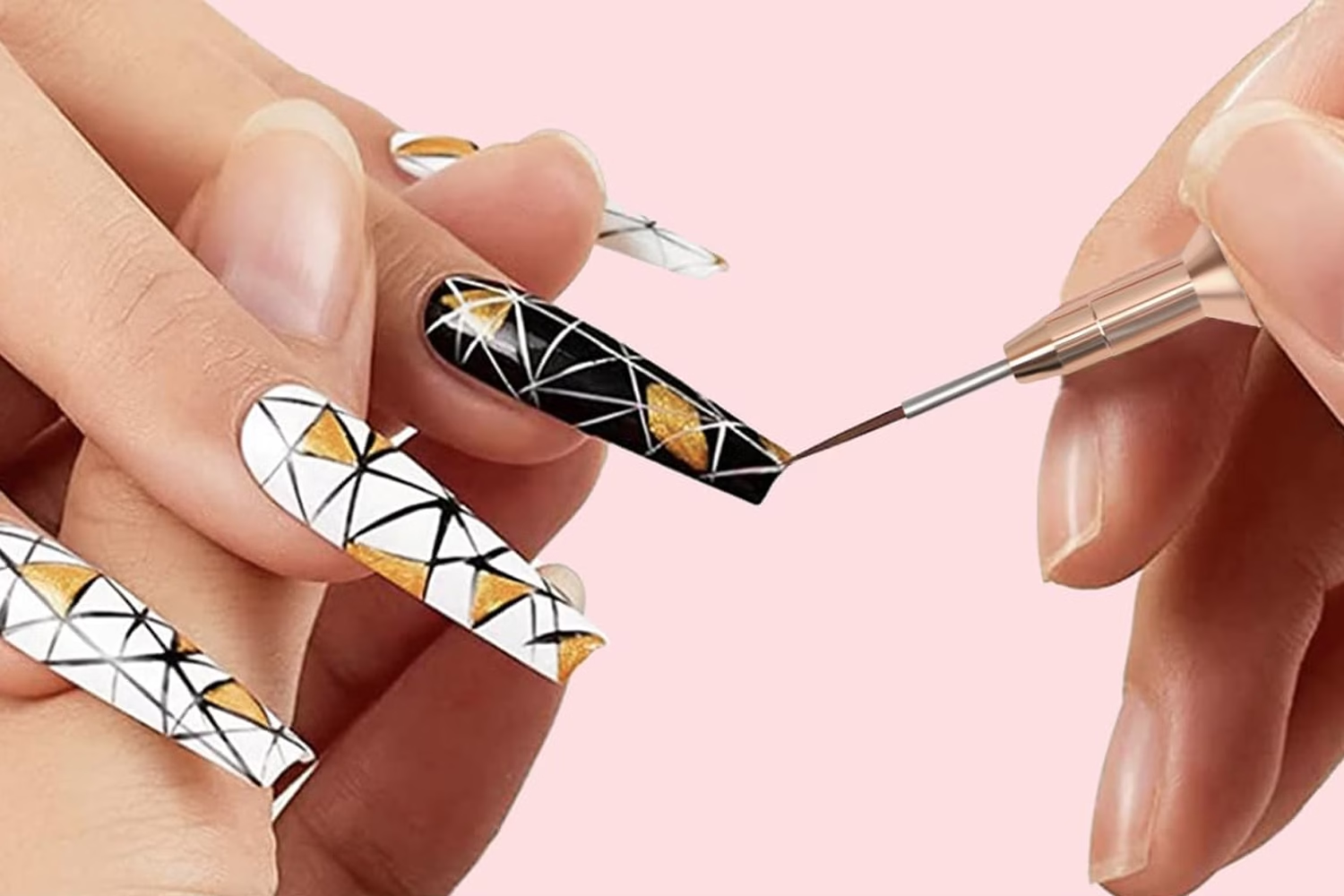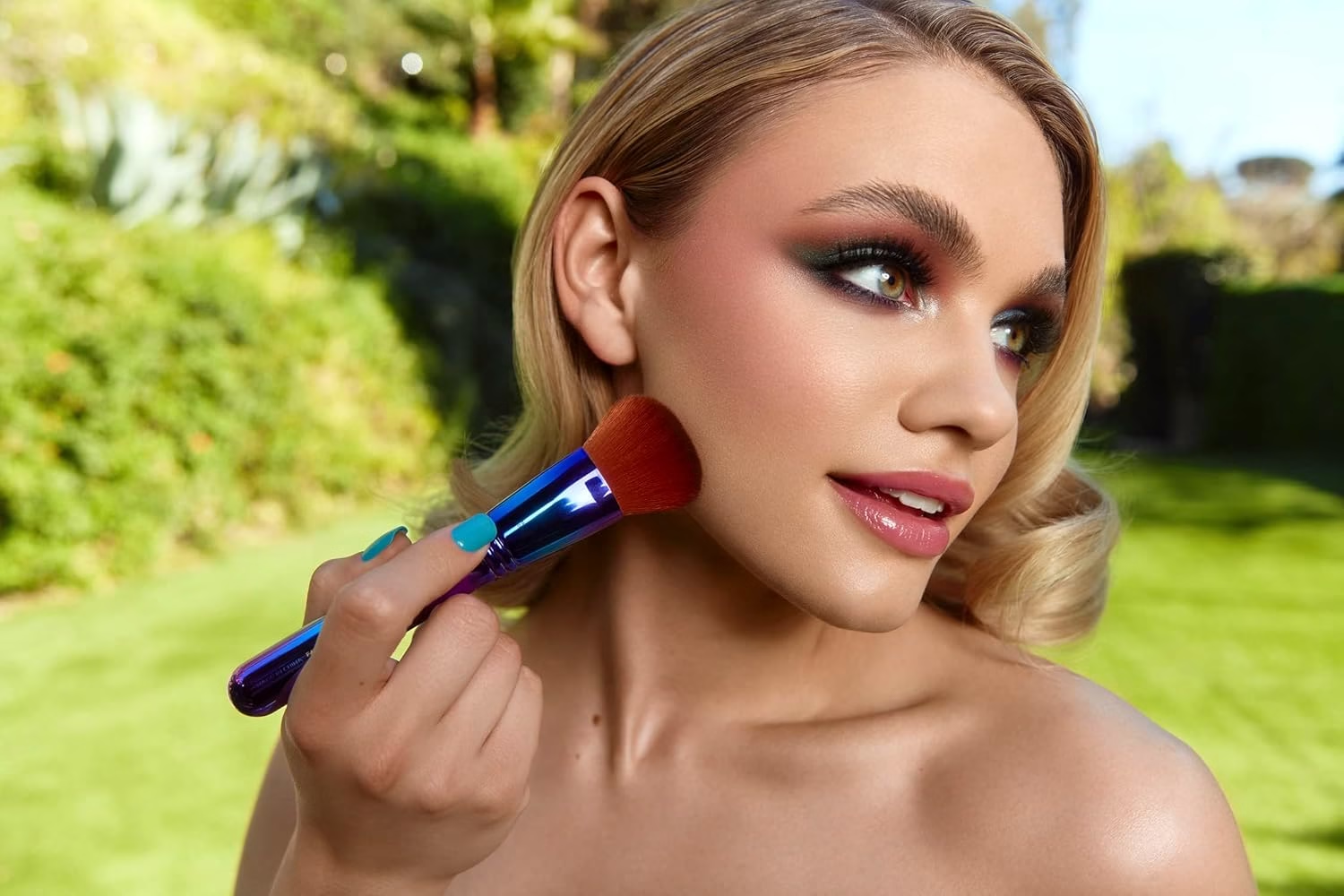
Simple Cartoon Drawing: Easy Guide to Fun & Creative Doodles
Ever looked at a quirky cartoon character and thought, “I wish I could draw something like that”? Maybe you’ve doodled absentmindedly in notebooks, creating little stick figures with surprisingly expressive faces. Or perhaps you’re convinced you don’t have an artistic bone in your body. Well, I’m here to tell you something exciting: simple cartoon drawing is not just for a gifted few. It’s an accessible, joyful, and advantageous skill that anyone–yes, anyone–can learn and enjoy. Forget the intimidating art classes, the pressure of photorealism, or the idea that you need expensive tools. Simple cartoon drawing is about embracing imperfection, finding fun in basic shapes, and unlocking a playful side of your creativity you might not even know you have. It’s about communication, expression, and pure, unadulterated fun. So, grab a pencil, a piece of paper (any paper!), and dive into the delightful universe of simple cartoon drawing. Why Bother with Simple Cartoon Drawing? More Than Just Doodles! You might be thinking, “Okay, it sounds fun, but what’s the point?” The benefits of engaging in simple cartoon drawing are surprisingly vast: The Only Tools You Need (Hint: You Probably Have Them) One of the biggest beauties of simple cartoon drawing is its accessibility. You don’t need a fancy art studio or expensive software. See? No major investment required. The barrier to entry for simple cartoon drawing is wonderfully low. The Building Blocks: Shapes are Your Superpower! At its heart, a simple cartoon drawing is about combining basic shapes. Think of them as your secret artistic LEGOs. The primary shapes you’ll use constantly are: Practice drawing these shapes. Fill a page with circles of different sizes. Draw wobbly squares and elongated rectangles. Get comfortable with them. Then, start combining them. A circle on top of a rectangle? Instant, simple person! Two small circles inside a big one? You’ve got eyes on a face! Let’s Get Drawing: Your First Simple Cartoon Steps Ready to put pencil to paper? Let’s start with the absolute basics. The key is to look at a subject (real or imagined) and mentally break it down into its simplest component shapes. This “seeing in shapes” is a fundamental skill in simple cartoon drawing. Adding That Spark: Expression and Exaggeration Cartoons are all about emotion and personality. Even the simplest cartoon drawing can be incredibly expressive. Practice, Play, and Patience: The Three P’s of Progress Like any skill, getting comfortable with simple cartoon drawing takes a little practice. But the emphasis here is on playful practice. Finding Your Unique Simple Cartoon Style As you continue to practice and play, you’ll naturally start to develop your own little quirks and preferences. Maybe you love drawing characters with really big noses, or perhaps your style leans towards super-minimalist lines. This is your unique voice emerging! Don’t force a style; let it evolve organically as you explore what you enjoy drawing. The more you engage in simple cartoon drawing, the more your personal touch will shine through. Beyond the Basics: Where Could Simple Cartoon Drawing Take You? Once you’re comfortable with the fundamentals, there are so many fun avenues to explore: The Most Important Step? Just Start. The journey into simple cartoon drawing doesn’t begin with talent or expensive supplies. It begins with a single, simple line. It begins with the willingness to try, to play, and to embrace the joy of creating something from nothing. So, put down this article for a moment. Pick up that pencil. Draw a wobbly circle. Give it some eyes and a smile. Congratulations – you’re already doing it! You’re engaging in the wonderful, accessible, and endlessly entertaining world of simple cartoon drawing. Welcome to the club. We’re happy to have you! Now, go fill some pages and have an absolute blast.





